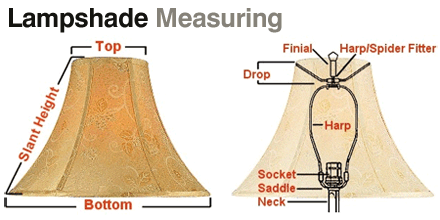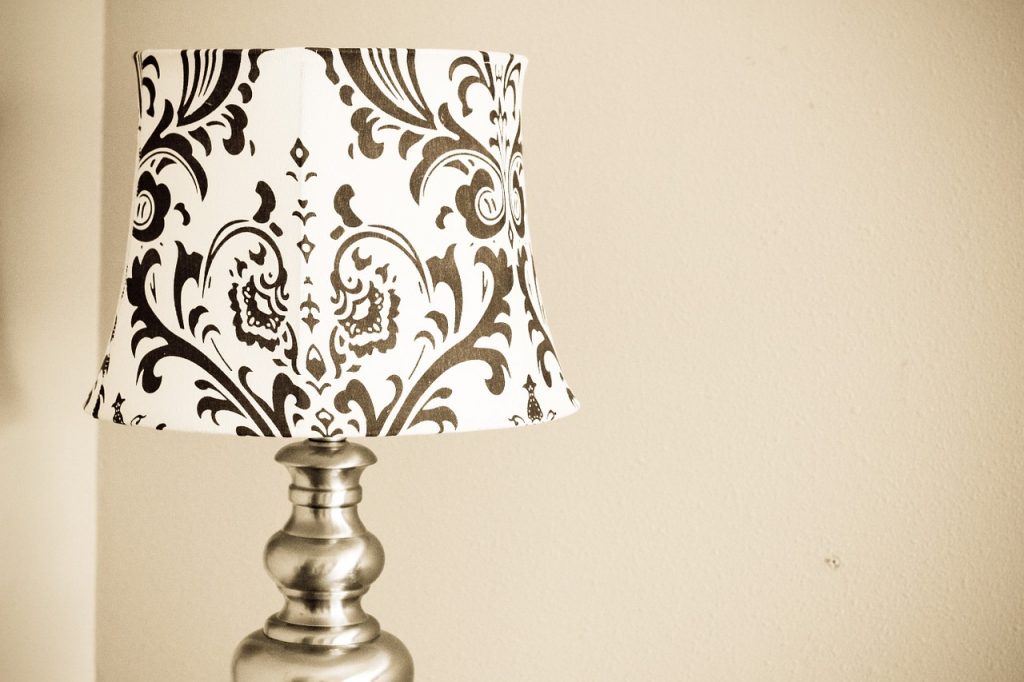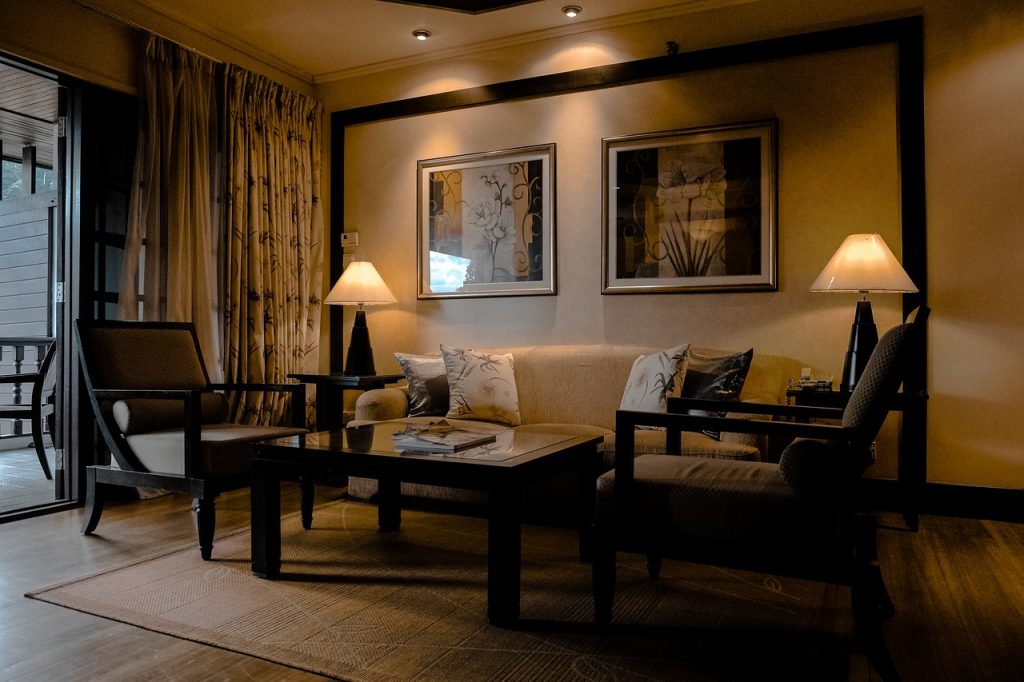Lighting and lampshades are one of the most important elements of interior design, but it’s also one that many do-it-yourself-ers may forget about or leave until last. Choosing the right lighting for your home is essential, but what about that next step once lighting fixtures are chosen – the icing on the cake, if you will? Do you know how to choose lamp shades? Here are 5 quick tips to help you choose the proper lamp shade.
What is the lighting’s purpose?
Not all lighting in the home is there just so you don’t bump into your furniture! Obviously, illumination is important, but often we want lighting for ambiance as well. Before selecting a lampshade, determine how you want the lighting to affect the room. A white lampshade provides maximum illumination, whereas using a light-toned shade provides more diffuse lighting. A dark lampshade creates a great mood or ambiance to a space.
Does it fit in?
Analyze the space where you will be using this lighting/lamp shade combo. If you’re selecting a lamp shade for a smaller occasional table, you’ll need a lamp shade with a smaller profile, both for comfortable use and to avoid problems with the scale of your lamp vs. your table.
If you are selecting a shade for a floor lamp, a lamp shade with a wider profile can be more suitable.
How does the lampshade fit the base?
Always remember that your lamp shade must go with your lamp base, so make sure you see how the two work together before purchasing a shade. The lamp shade should be low enough to slightly cover the switch but not so low that you have to reach far under the shade to operate the lamp.

You should also take into consideration the different shapes of lampshades available. From drum/cylinder, floor, coolie, empire or traditional bell — there are many shapes to choose from. A designer who is a lighting and lamp shade expert can help you determine which shape will go with an existing lamp base or would be best in a new setting. One last important tip: safety first! All bulbs give off heat, so make sure that your lamp shade is the proper distance from the bulb. The harp (the metal arms that extend from the saddle of the lamp and hold the lamp shade) can adjust this distance. Another method is to use various sized fitters that sit above the light bulb to ensure the lamp shade sits at a safe distance from the bulb.
Stand out or Blend in?
Do you want your lamp shade to make a design statement or to blend in with the surroundings? To make a statement, go with colors or patterns that compliment your room. Make sure you pull colors or shades that are already in your room and keep in mind that your room needs to function as a whole, design-wise.
Are you willing to think outside the box?
Bringing statement lighting into unconventional spaces will create an ambiance and design aesthetic that you may not be able to achieve any other way. Look at the lighting in your bathrooms, laundry rooms, or basement? Is it adding to the decor or simply giving off light? Many designers are now installing pendant drum shades over free-standing tubs to create a focal point in bathrooms.
Or take a page from the past (what goes around comes around!): broad profile lamp shades with dynamic prints and bold colors, reminiscent of the 60’s and 70’s, are back in style.
Finally, consider custom lampshades! A lamp shade perfectly suited for your room just may not be available at your local lighting store, so speaking to a designer about creating a custom shade may save you lots of time and effort.
However you decide to go with your next lamp shade, don’t forget that it may end up on someone’s head at that next wild party you throw, so make it look good!
For help solving all your lighting and lamp shade dilemmas, or any other design disasters, contact Melanie Langford, CT Interior Designer with All About Interiors.
This post is a collaborative effort and may contain relative and relatable affiliate links. All opinions are our own and for informational purposes only.



